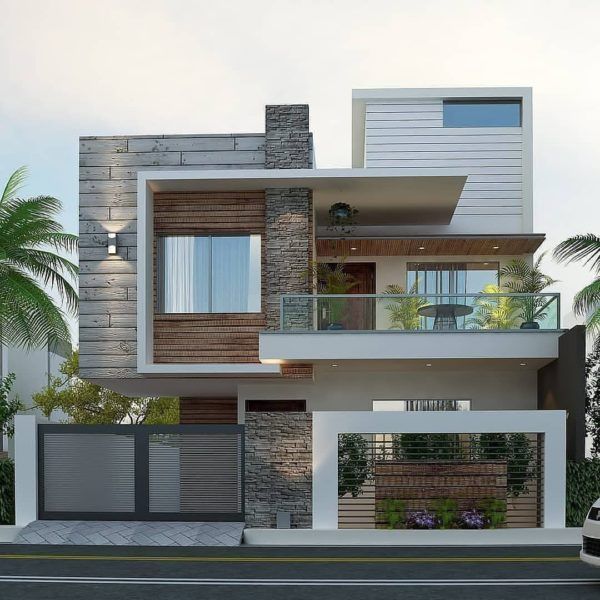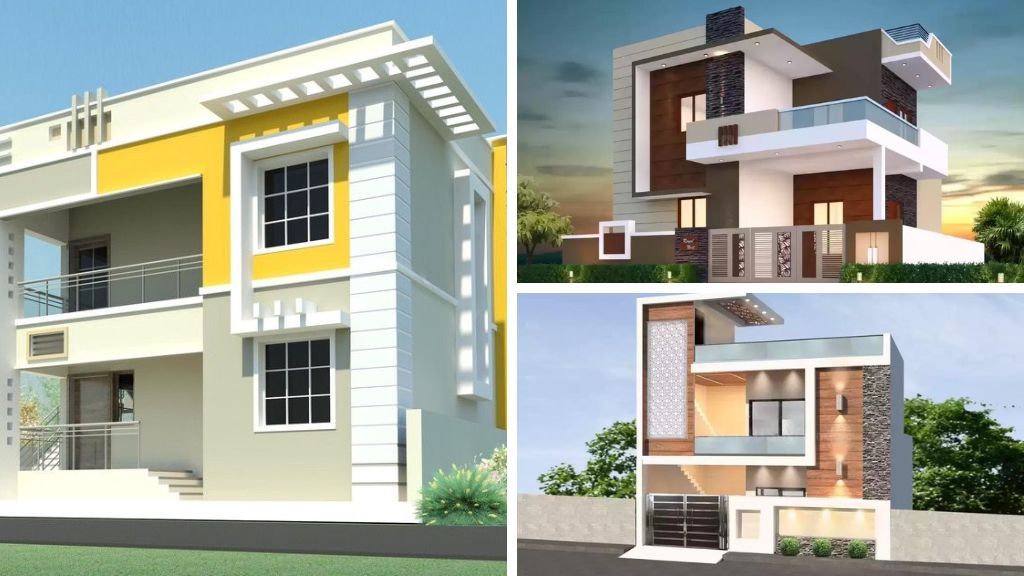
Traditional house plans are functional and simple. They also have a beautiful aesthetic. You can find them in many sizes and styles. They have been a popular choice for many years, and it is unlikely that they will go out of style any time soon.
These products often combine classic and modern design elements. They are versatile and can be tailored to meet any lifestyle. You can choose to be a homeowner new or old, or to remodel your existing home.
The best traditional home plans are a blend of historic and modern. They may be influenced by architectural elements of the past, but they reflect American culture. They are made to suit the everyday needs of American families and can be both functionally and artistically appealing. They can be adapted to any property, whether it is a small one-story home or a large estate.

Traditional home designs are ideal for today's busy lives. They are easy-to-maintenance, clean, and have practical features. They can be built in any size from a small cottage to a large home with four bedrooms. These simple designs have unique characteristics that make them stand out despite their simplicity.
The traditional home plans are easy to use and are functional. There are a few key features that traditional home plans have, such as a front porch and covered entry as well an open floor plan. This layout is best for families with children who enjoy the outdoors and are active. Having a good outdoor space is important, since it is an excellent way to provide privacy and peace of mind. Even if your home is small, an attractive porch will add elegance and class to it.
Traditional house plans are a great option for homeowners looking for stylish, functional homes. These houses are often made from brick or stone, and are built with natural materials. It is possible to blend the exterior of your home with neutral and natural colors.
These houses are well-known for their open layouts and spacious kitchens. These houses are a great choice for parents who want to spend more quality time with their children. An open island kitchen is one way to keep the flow of your home moving.

There are other noteworthy features to the traditional house plan. For example, a walk-in pantry offers extra storage. Indoor windows can be used as accent pieces in the kitchen by placing them in the middle wall. Split bedroom traditional house plans can be a great option to provide privacy for your master bedroom. This option is great for parents who love to spend quality family time, but are not surrounded by their children constantly.
FAQ
Which room should I renovate first?
The heart of any house is the kitchen. The kitchen is where you will spend the majority of your time cooking, entertaining, or just relaxing. You can make your kitchen more functional and appealing by using these tips!
It is also an important component of any home. It offers privacy and comfort for daily chores such as washing your hair, brushing your teeth, shaving, or getting ready to go to bed. You can improve the function and appearance of these rooms by adding storage, installing a bathtub instead of a bath, and replacing outdated fixtures with moderner ones.
Can I rent a dumpster?
Yes, you can rent a dumpster to help you dispose of debris after completing your home renovation. Renting out a dumpster is an excellent way to keep your yard tidy and free from debris.
Are you able to live in a renovated house?
Yes, I am able to live in a house and renovate it.
You can live in a house that is being renovated while you are renovating it. The answer depends on how long the construction work takes. If the renovation process takes less than 2 months, then your home can be lived in while it's being renovated. If the renovation takes longer than two weeks, however, you can't live in your home during the construction.
You should not live in your house while there is a major building project underway. This is because you could be injured or even killed by falling objects on the construction site. A lot of heavy machinery is used at the jobsite, which can lead to noise pollution and dust.
This is especially true if your house has multiple stories. The vibrations and sounds that construction workers create can cause damage to your property and contents.
You'll also need to cope with the inconvenience of living in temporary housing while your house is being renovated. This means you won't be able to use all the amenities in your own home.
As an example, your washer and dryer will be out of commission while they are being repaired. You will also have to put up with the smell of paint fumes and other chemicals as well as the loud banging sounds made by the workers.
All these factors can lead to stress and anxiety among you and your family members. Therefore, it is important to plan ahead in order not to feel overwhelmed by the situation.
Do your research before you begin renovating your home. You can avoid costly mistakes later.
It is also advisable to seek professional assistance from a reputable contractor so that you can ensure that everything goes smoothly.
How much does it take to renovate a home?
Renovations are usually between $5,000 and $50,000. Most homeowners spend between $10,000-$20,000 on renovations.
How important it is to be pre-approved for loans?
It is important to get preapproved for a mortgage because you will know how much you can borrow. It can also help you determine your eligibility for a particular loan program.
Statistics
- Most lenders will lend you up to 75% or 80% of the appraised value of your home, but some will go higher. (kiplinger.com)
- According to the National Association of the Remodeling Industry's 2019 remodeling impact report , realtors estimate that homeowners can recover 59% of the cost of a complete kitchen renovation if they sell their home. (bhg.com)
- Rather, allot 10% to 15% for a contingency fund to pay for unexpected construction issues. (kiplinger.com)
- ‘The potential added value of a loft conversion, which could create an extra bedroom and ensuite, could be as much as 20 per cent and 15 per cent for a garage conversion.' (realhomes.com)
- It is advisable, however, to have a contingency of 10–20 per cent to allow for the unexpected expenses that can arise when renovating older homes. (realhomes.com)
External Links
How To
How do I plan for a whole house renovation?
Research and careful planning are essential when planning a house remodel. Before you begin your project, there are many things to think about. It is important to determine what type of home improvements you are looking to make. There are many categories that you could choose from: kitchen, bathroom or bedroom; living room or dining room. Once you have decided which category you wish to work in, you will need to determine how much money you have to spend on your project. If you don't have experience with working on houses, it's best to budget at minimum $5,000 per room. If you have experience, you may be able to manage with less.
Once you have established how much you are able to afford, you will have to decide on how big a job to do. A small kitchen remodel will not allow you to install new flooring, paint the walls, or replace countertops. You can do almost everything if you have enough cash for a full-scale kitchen renovation.
Next, you need to find a contractor who is experienced in the type project that you want. This way, you'll be guaranteed quality results and you'll save yourself a lot of headaches later on down the road. You should begin gathering materials and supplies after you've found a competent contractor. You might need to make everything from scratch depending upon the size of your project. However, you won't have to worry about finding the exact item you are looking for in the many pre-made shops.
Once you've collected all the materials you will need, you can begin to plan. Begin by sketching out a rough plan of where furniture and appliances will be placed. Next, design the layout of your rooms. Make sure that you leave space for plumbing and electrical outlets. You should also place the most frequently used areas closest to the front door, so visitors have easy access. The final step in your design is to choose colors and finishes. To save money and keep your budget low, you should stick to neutral tones.
Now that you're finished drawing up your plan, it's finally time to start building! It's important that you check the codes in your area before you start construction. While some cities require permits, others allow homeowners to construct without them. You will need to first remove all walls and floors that are not required for construction. The next step is to lay plywood sheets on your new flooring. Next, you will nail or screw together pieces wood to create the frame for your cabinets. The frame will be completed when doors and windows are attached.
You'll need to finish a few final touches once you're done. You'll likely want to cover any exposed wires and pipes. Plastic sheeting and tape are used to cover exposed wires. You'll also want to hang pictures and mirrors. You should always keep your work area clean.
You'll have a functional home that looks amazing and is cost-effective if you follow these steps. Now that you know how to plan a whole house remodeling project, you can go ahead and get started!